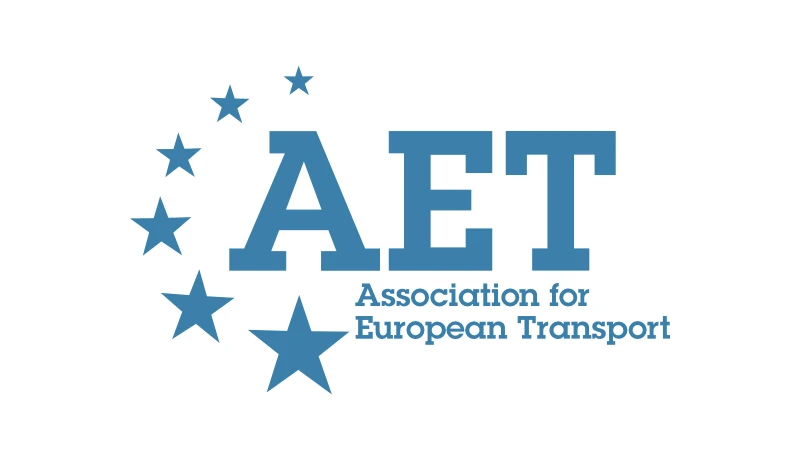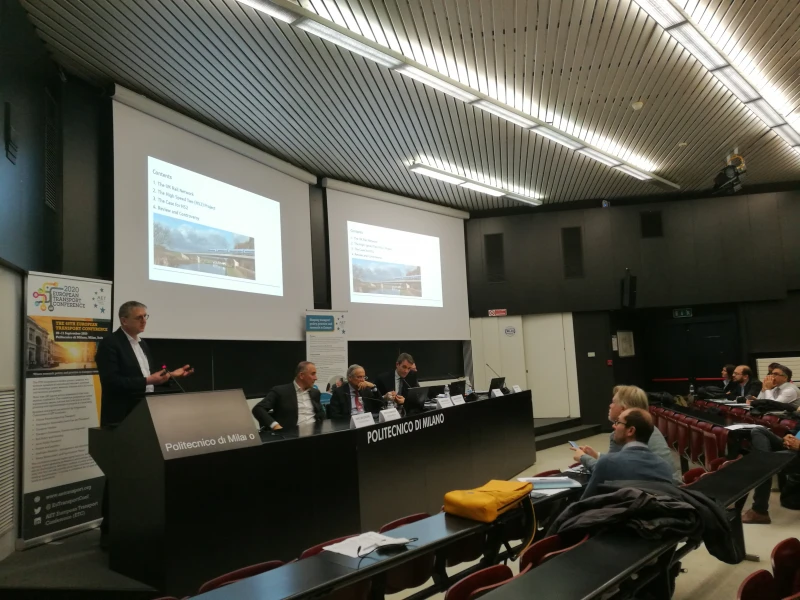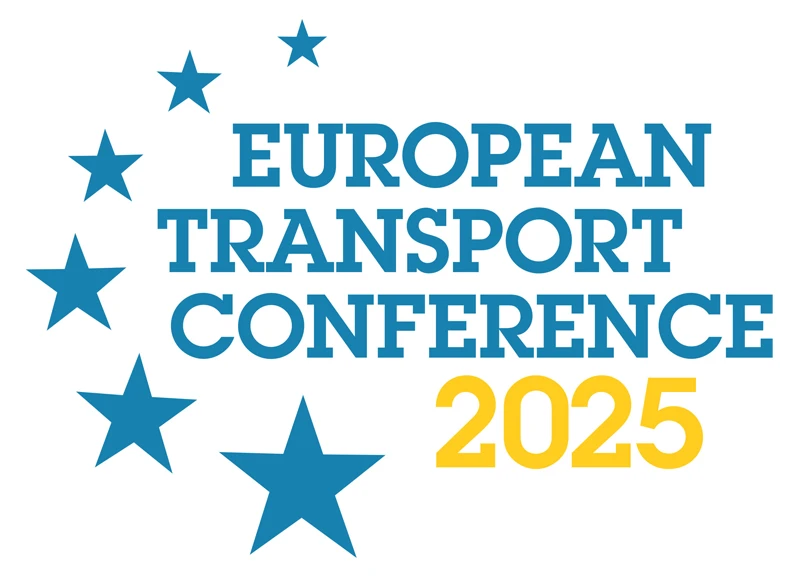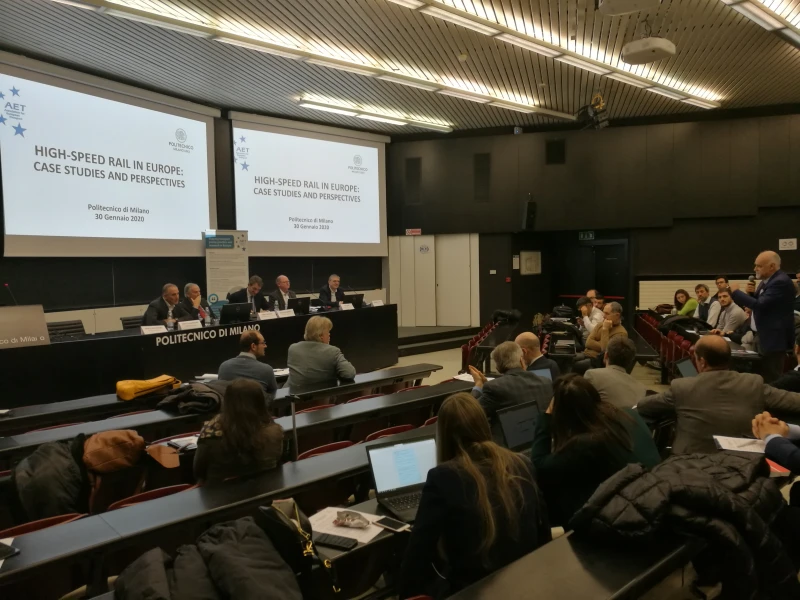-
Past ETC Papers
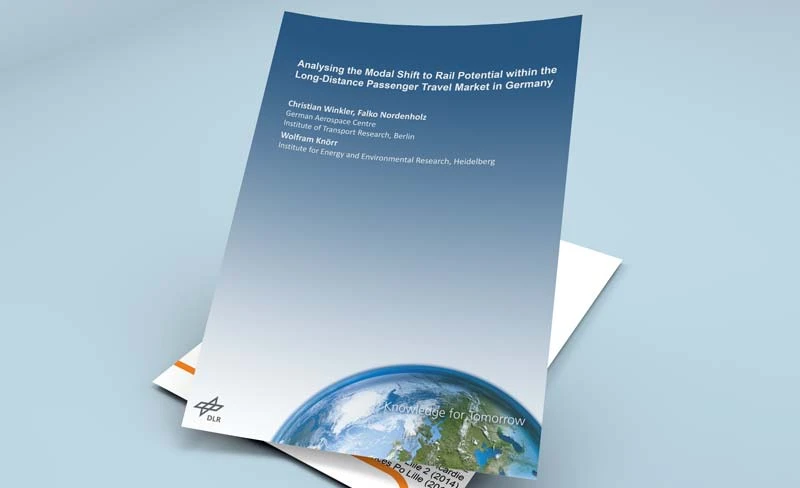
Browse, search and view papers from the past AET Conferences.
-
Members' Area
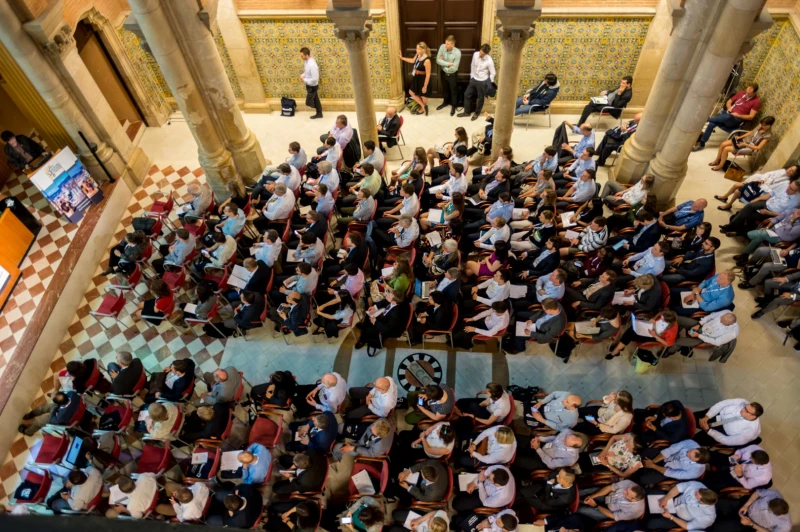
AET promotes networking and exchange of ideas, information and opportunities amongst members.
Conference Papers 2023
Milan, Italy
ETC Conference Papers 2023
A Model-Based Impact Assessment of Shared Taxis on Public Transport in Kingston, Jamaica
Seminar
Day 1 (6 Sep 2023), Session 3, Mobility Transition 1, 16:30 - 18:00
Status
Accepted, documents submitted
Submitted by / Abstract owner
Norman Tai
Authors
Norman Tai, Simon Shepherd, and Gillian Harrison
Short abstract
This paper explores the competition from informal public transport on formal public transport in developing countries. A model was developed to estimate the extent of impact from this competition and test policies aimed at reducing that impact.
Abstract
Research suggests there are challenges for developing countries in maintaining thriving markets for both formal and informal public transport in urban spaces. The system is often characterised by a declining formal public transport sector (buses) which experiences fierce competition from the informal sector (taxis). Interestingly however, the competition itself may not be the sole basis for the decline, especially in the context of weak regulatory administration.
For the small island developing state of Jamaica, there had been a reintroduction of a state-owned and subsidized bus system in its capital city, Kingston, in 1999 amidst the rise in motorization and in the prevalence of informal and illegal public passenger vehicles (PPVs). This prevalence had been ascribed to loose enforcement, in addition to the failure of the ‘one-man-bus-system’ and several franchises which the government had instituted prior as a means of attempting to formalise illegal PPVs. Attempts at the regularisation of PPVs continued after the reintroduction of state-owned buses with the intent to supplement bus operations given the state’s limited fiscal capacity.
Like other developing countries, the bus system has since experienced a decline in operations and ridership – by approximately 38% between the period of 2012 to 2022 – while PPVs continue to grow. This research therefore seeks to understand the likely extent of the impact on the bus system given what may be perceived as competition from PPVs – both licensed and illegal. The complex system of the public transport sector requires the need to explore and understand the relationships, both qualitatively and quantitatively, between variables such as PPV fleet and the factors which contribute to its growth or decline, the earning pressures of PPV operators given the socio-economic conditions and the potential revenue from the industry, the regulatory framework and market segments in which licensed PPVs operate, the extent of enforcement against illegal PPVs, public transport demand and the changes in commuter preferences given mode attributes, and the supplies of buses and PPV licences to meet that demand. The research employs the use of System Dynamics to develop a Stock Flow Model (SFM) incorporating an adapted Hybrid Nested Logit (NL) choice model between PPVs and buses. Beyond documenting key connections as understood from literature and from two (2) problem-centred expert interviews conducted with industry experts from Jamaica, the aim of the research and model is to highlight variables with significant impact on the system, as well as propose, test, and recommend remedial policy scenarios where adverse impacts to the formal bus system have been realised.
Literature and data gathered from interviews demonstrate that not only does enforcement impact the prevalence of illegal PPV operators, but that earning pressures given the regulated fare and the level of PPV demand with respect to the large supply of PPVs (as a result of the prevalence of illegal operators), would “force” licensed PPV operators to operate as shared taxis – contrary to the regulatory stipulation that they operate as a single passenger vehicle. This along with the supply surplus exacerbates competition against buses to the extent of loss of bus ridership. Using available data between 2012 and 2022 for model scaling and calibration, the base SFM results corroborate these linkages. It demonstrates that the observed low levels of enforcement make for a greater potential to operate as an illegal PPV operator (a probability of 0.62 from a binary logit model) further growing the illegal PPV fleet, and that licensed PPV operators will operate above required occupancy stipulations to meet a target income. These behaviours as an extreme case, modelled over a period of 30 years (starting at 2012), have the potential to reduce over half of bus ridership.
Having modelled as remedial policy scenarios, (P-01) the increased enforcement coverage via video surveillance, (P-02) the increase in fines for illegal operators, (P-03) the increase in fees for illegal operators, and (P-04) the provision of subsidies for licensed operators (to reduce earning pressures), it was found that video surveillance had the greatest impact on reducing the illegal PPV fleet and on reducing (by approximately 20%) the blow to bus ridership. The model also demonstrates the unsustainability of subsidies as, after its short-term implementation, the same model equilibria are achieved as the base case. As a recommendation from the research, policies P-01, P-02, and P-03 were combined and modelled and the SFM estimates a 90.6% reduction in the illegal PPV fleet, 12.1% increase in the licensed PPV fleet, and a 40.1% reduction in possible loss of bus ridership.
Programme committee
System Dynamics
Topic
Regulatory issues – impacts of national and international legislation on infrastructure and services
Documents:
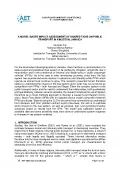

Association For
European Transport
Forester House
Doctors Lane
Henley-in-Arden
Warwickshire, UK
B95 5AW
+44 (0) 15 64 793552
VAT number: 710 1866 64
Conference Supporters & Endorsers




Legal Entity
The Association for European Transport is registered as an Association ('vereniging') with the Chamber of Commerce for Haaglanden in The Netherlands under company number 27170096.
Built on Zenario

